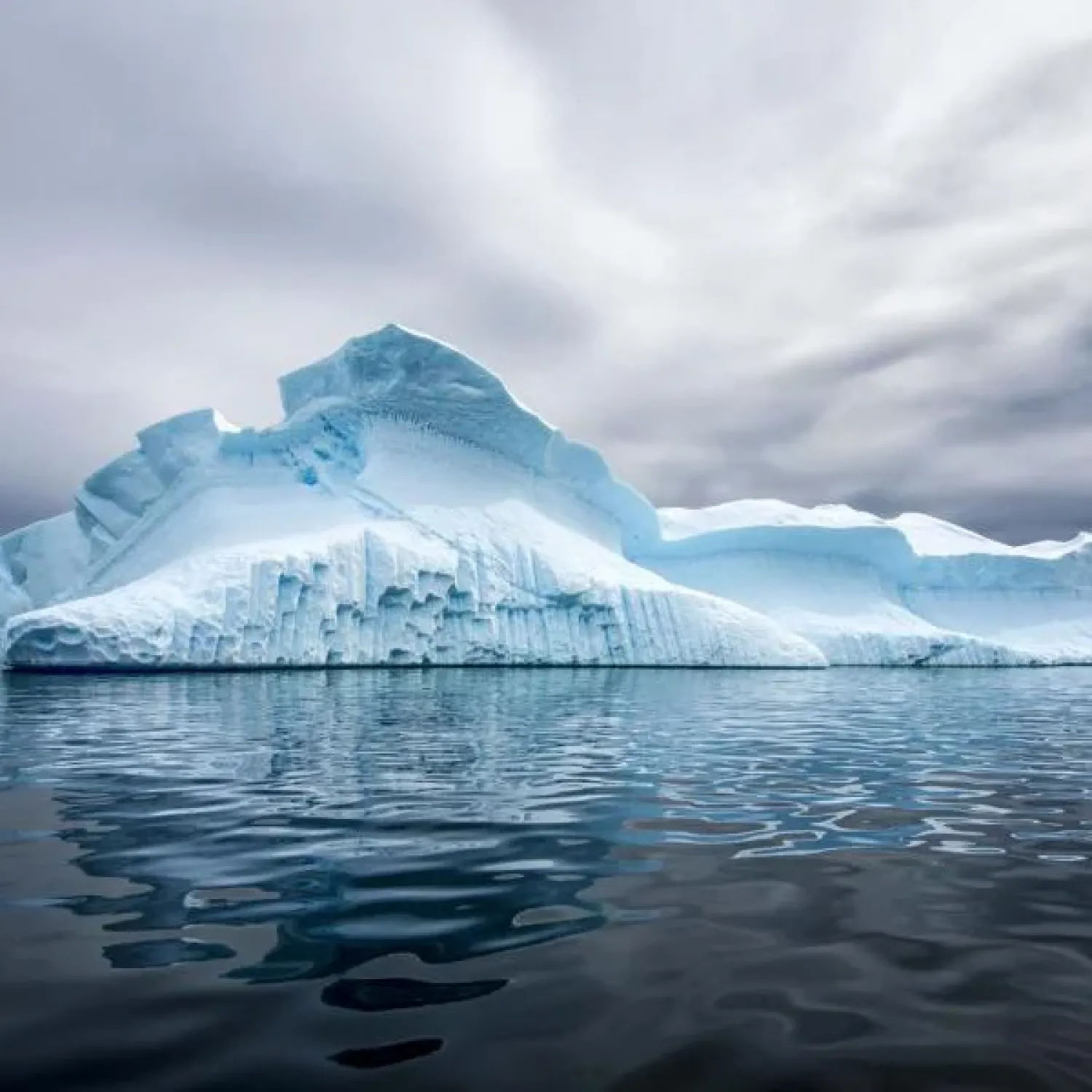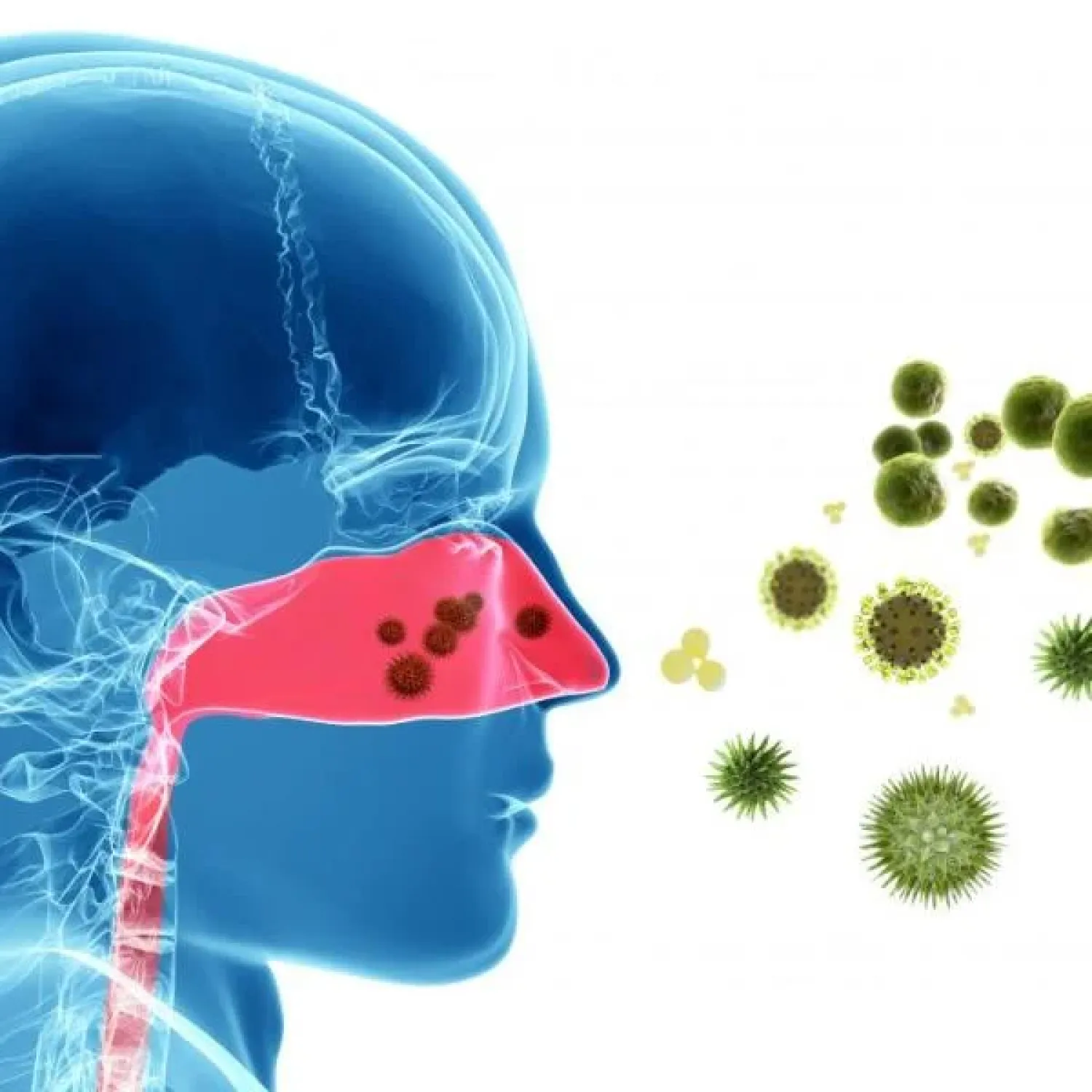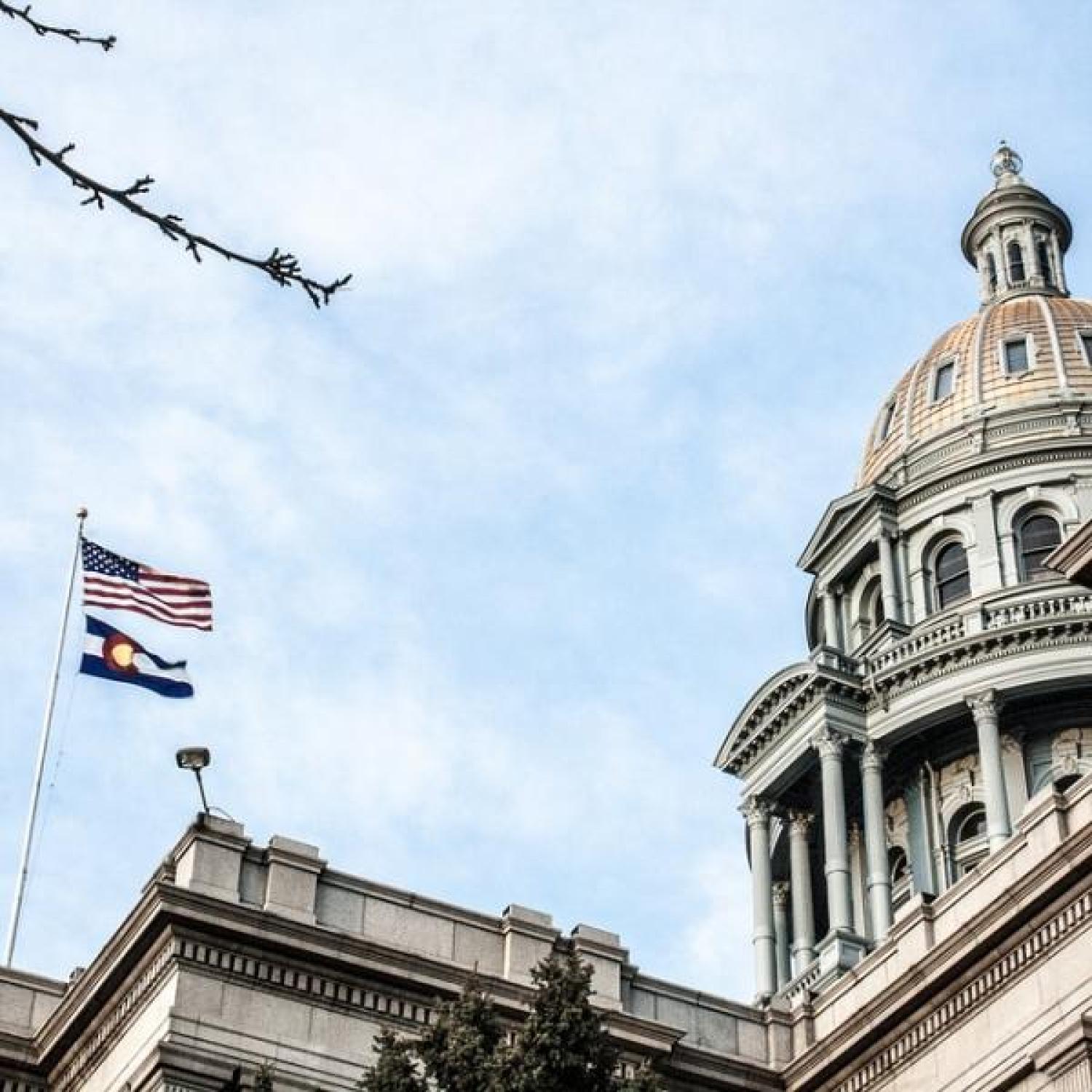Top research stories of the week: July 6 edition
This week's top research stories include black carbon concentrations in ice and snow ecosystems; the development of tools to generate virtual reality scents; and optimism among Colorado business leaders despite a slight dip in the economy.

Black carbon persists in snow and ice around the world
A new CU Boulder study comparing dissolved black carbon deposition on ice and snow in ecosystems around the world shows that while concentrations vary widely, significant amounts can persist in both pristine and non-pristine areas of snow. Black carbon is the soot-like byproduct of wildfires and fossil fuel consumption, able to be carried long distances via atmospheric transport.

The architecture of smell: Cracking the code on the least understood sense
Scientists have long known that everything from snails to dogs uses olfactory navigation as a key survival tool, but efforts by humans to artificially mimic this skill have fallen short. Professor John Crimaldi, who specializes in fluid mechanics engineering, is heading up an ambitious project to develop key technological tools that drive olfactory generators and project virtual reality scents.

Optimism in state economy remains high despite slip
According to the Leeds Business Confidence Index released June 30, all components of the index remained positive despite slight dips from the previous quarter. “Heading into the second half of 2017, the business outlook still remains strong despite reported concerns about Colorado’s talent shortage and infrastructure needs,” said Richard Wobbekind, executive director of the Leeds Business Research Division.


